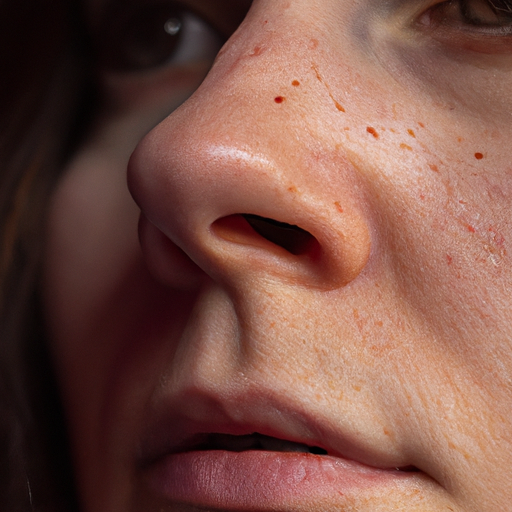As a dermatologist, I often encounter patients who are dealing with dry skin issues. Dry skin, or xerosis cutis, is a common condition that can cause discomfort and can be a symptom of various underlying diseases. It is characterized by a lack of the appropriate amount of water in the most superficial layer of the skin, the epidermis. This article aims to provide a comprehensive guide to diagnosing and treating dry skin.
Dry skin can affect any area of your body at any time. However, it’s most commonly found on the arms, hands, lower legs, and abdomen. It can be caused by environmental factors such as weather, indoor heating, hot showers, harsh soaps, and certain medications. Aging also plays a significant role as our skin tends to become drier and thinner with age.
Diagnosing dry skin is usually straightforward. As dermatologists, we look for patches of rough, flaky, or scaly skin that may be itchy or have red or grayish-white patches. In some cases, we may need to perform tests to rule out other conditions that could be causing your dry skin, such as hypothyroidism or diabetes.
Treatment for dry skin primarily involves replenishing lost moisture and restoring the skin’s protective barrier. This can often be achieved with over-the-counter products. However, if your skin is extremely dry or doesn’t improve with self-care measures, you may need a prescription treatment.
Here are some steps you can take to help alleviate dry skin:
1. Moisturize: The most crucial step in treating dry skin is to regularly apply moisturizers. These products work by trapping moisture in your skin, making it look more plump and youthful. Look for creams or ointments that contain oil, as these are more effective at trapping moisture than lotions.
2. Avoid harsh soaps: Many popular soaps and detergents remove lipids and oils from your skin, causing it to dry out. Instead, use a gentle, fragrance-free cleanser or soap substitute that won’t strip your skin of its natural oils.
3. Limit bath time: Long, hot showers or baths can strip your skin of its protective oils. Limit your showers or baths to 10 minutes and use warm, not hot, water.
4. Use a humidifier: If you live in a dry climate or use heaters in the winter, a humidifier can help keep your skin hydrated by adding moisture to the air.
5. Stay hydrated: Drinking plenty of water can help keep your skin hydrated from the inside out.
If these measures don’t relieve your symptoms or if your skin becomes inflamed, it’s time to see a dermatologist. Prescription treatments may include topical corticosteroids to reduce inflammation, prescription-strength moisturizers that replenish water and reduce water loss, or medications that work on your immune system.
In conclusion, dry skin is a common issue that can often be managed with simple lifestyle changes and over-the-counter treatments. However, if your dry skin is severe or persistent, it’s important to seek professional help. As dermatologists, we are trained to understand the complexities of the skin and can provide effective treatment plans tailored to your individual needs. Remember, every person’s skin is unique, and what works for one person may not work for another. Your dermatologist is your best ally in maintaining healthy skin.



